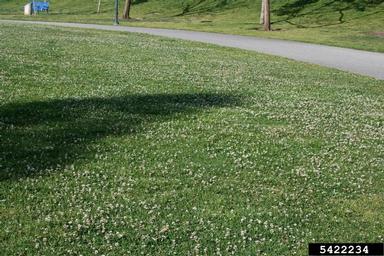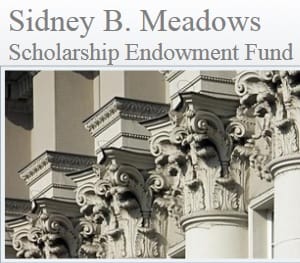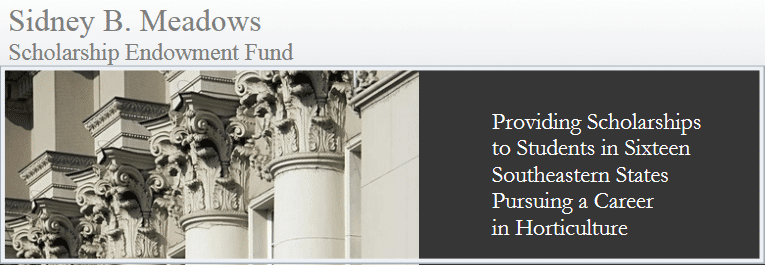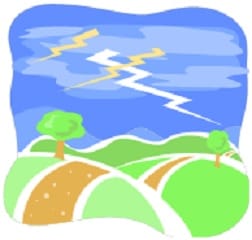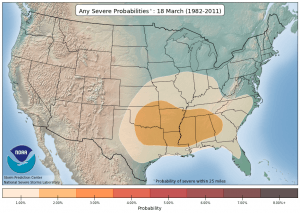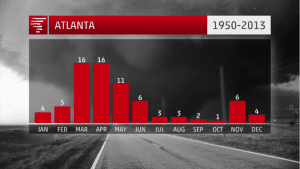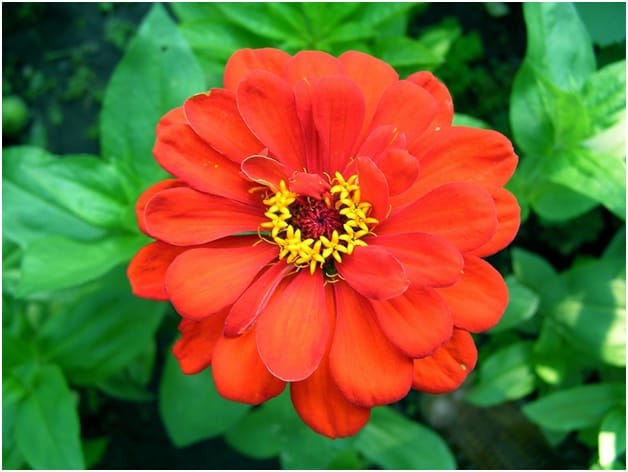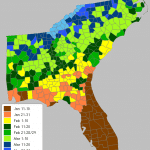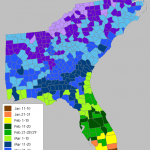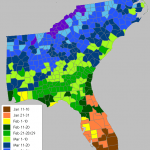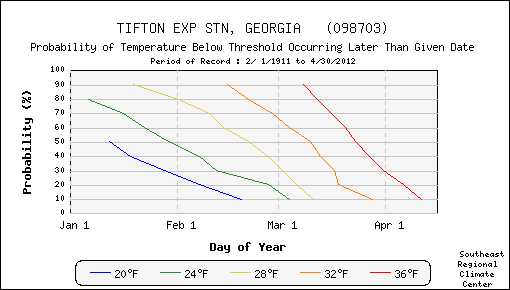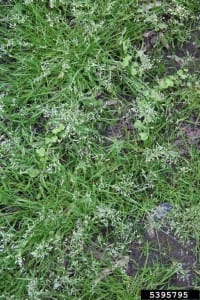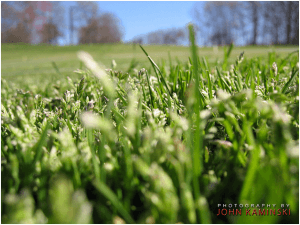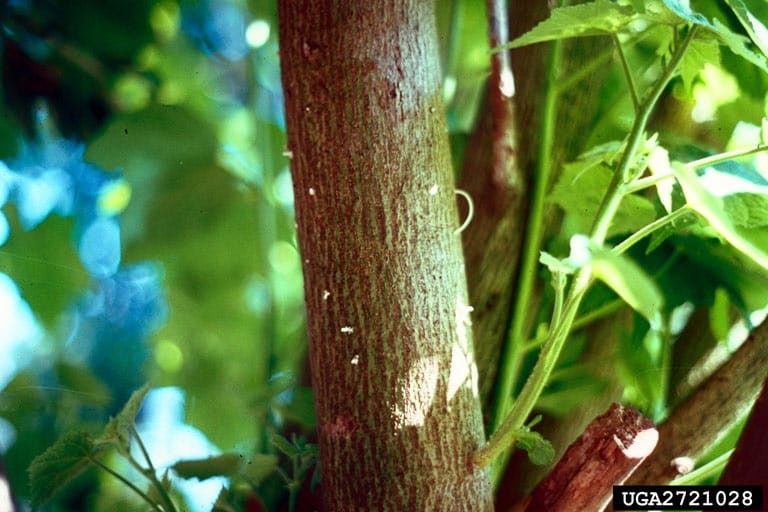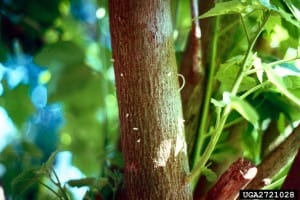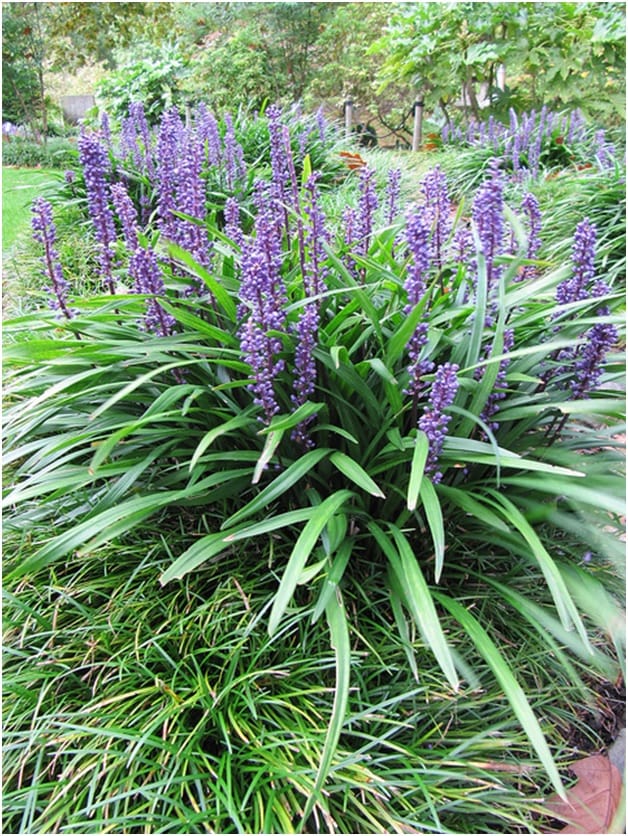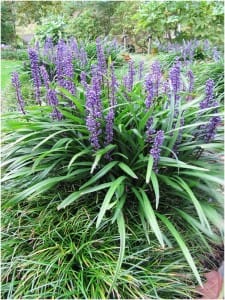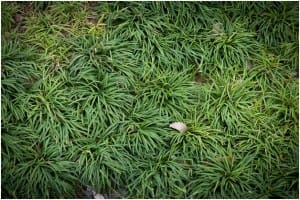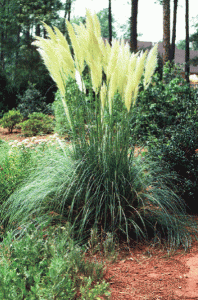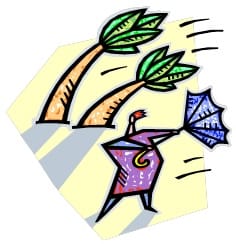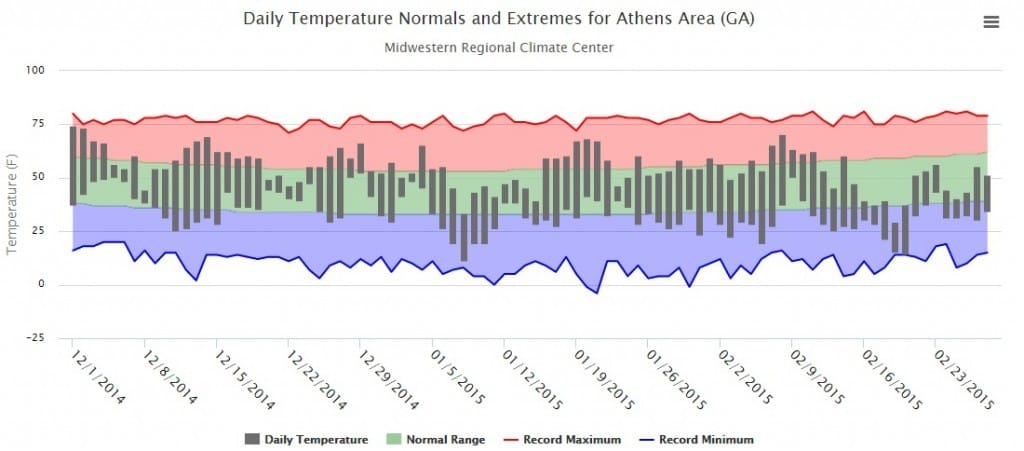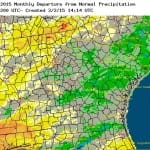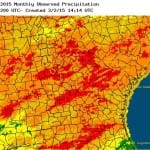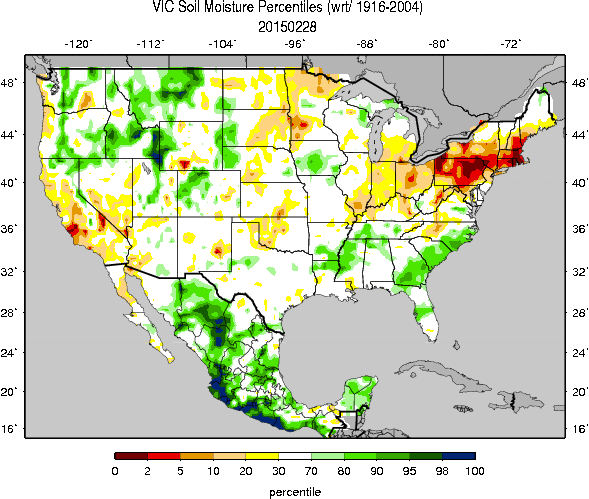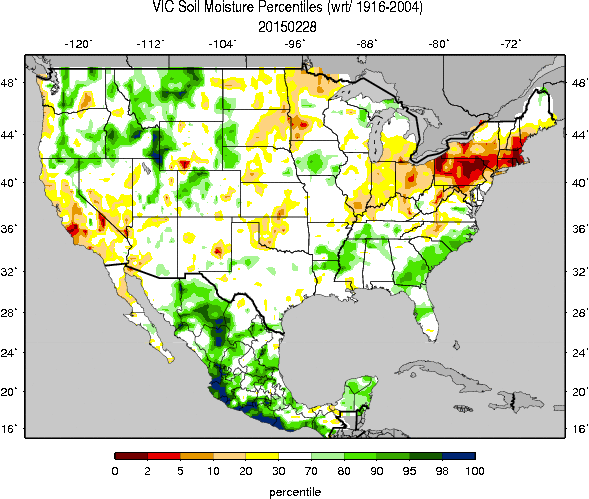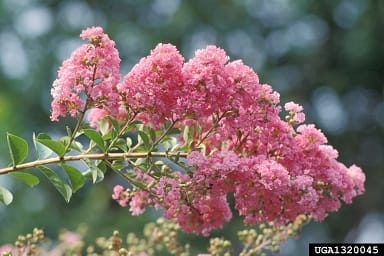Tim R. Murphy. Retired UGA Weed Scientist
Rank growth of winter annual weeds occurs at the same time that warm-season turfgrasses begin to green-up, or emerge from winter dormancy. These weeds compete with the turfgrass for soil moisture, nutrients, growing space, but most importantly for sunlight. Warm- season turfgrasses, with the exception of St. Augustinegrass, are not highly shade tolerant. Thick mats of winter weeds will shade the turfgrass at a time that root carbohydrates are being exhausted by the green-up process. Additionally, thick mats of winter weeds shade the turfgrass and decrease photosynthesis. The net result is a weakened, or less dense stand of turfgrass, that is readily infested by summer annuals such as crabgrass.
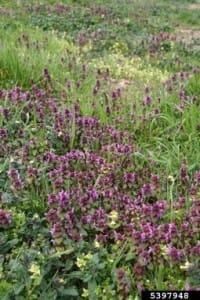
Preemergence herbicides
Research has shown that the preemergence herbicides, such as Balan, TeamPro, Surflan, XL, Ronstar and many others, that are used for summer annual grass control do not significantly affect the spring green-up of labeled warm-season turfgrasses. A possible exception is Pennant (metolachlor). There have been some significant delays in the green-up of hybrid bermudagrass with Pennant applications to dormant turf.
Postemergence herbicides
The situation with postemergence herbicides is dramatically different. Most postemergence herbicides will slightly delay the early spring growth of warm-season turfgrasses. These delays can range from a few days to a few weeks.
In the event of an overdose (an extremely high rate), delays in spring green-up can occur for a longer period of time. Usually, the turfgrass will completely recover within two to six weeks with proper cultural management.
With the exception of Image, most postemergence herbicides can safely be used during green-up. Some slight delay in green-up may be noted; however, this effect can be lessened by:
- Using the lowest recommended rate
- Insuring that the application equipment is properly calibrated
- Using spot treatments
- Following all recommended cultural practices, fertility, irrigation, etc. to promote rapid spring growth.
The use of postemergence herbicides should be avoided during the spring green-up of turfgrasses that have been poorly managed, or that are experiencing winter injury problems. Properly maintained, healthy, vigorous turfgrasses are more tolerant to postemergence herbicides than turfgrasses that have not been properly maintained or are suffering from winter injury.
Some postemergence herbicides state on the label “Do not apply during spring green-up.” Obviously, these products should not be used at this time of year. However, the use of other postemergence herbicides is warranted if there is a severe weed infestation on properly maintained turfgrasses. The slight delay in green-up from the use of these herbicides is more than compensated for by the removal of competition that dense mats of weeds exert on the turfgrass.
As always – read and follow all pesticide labeling directions!
